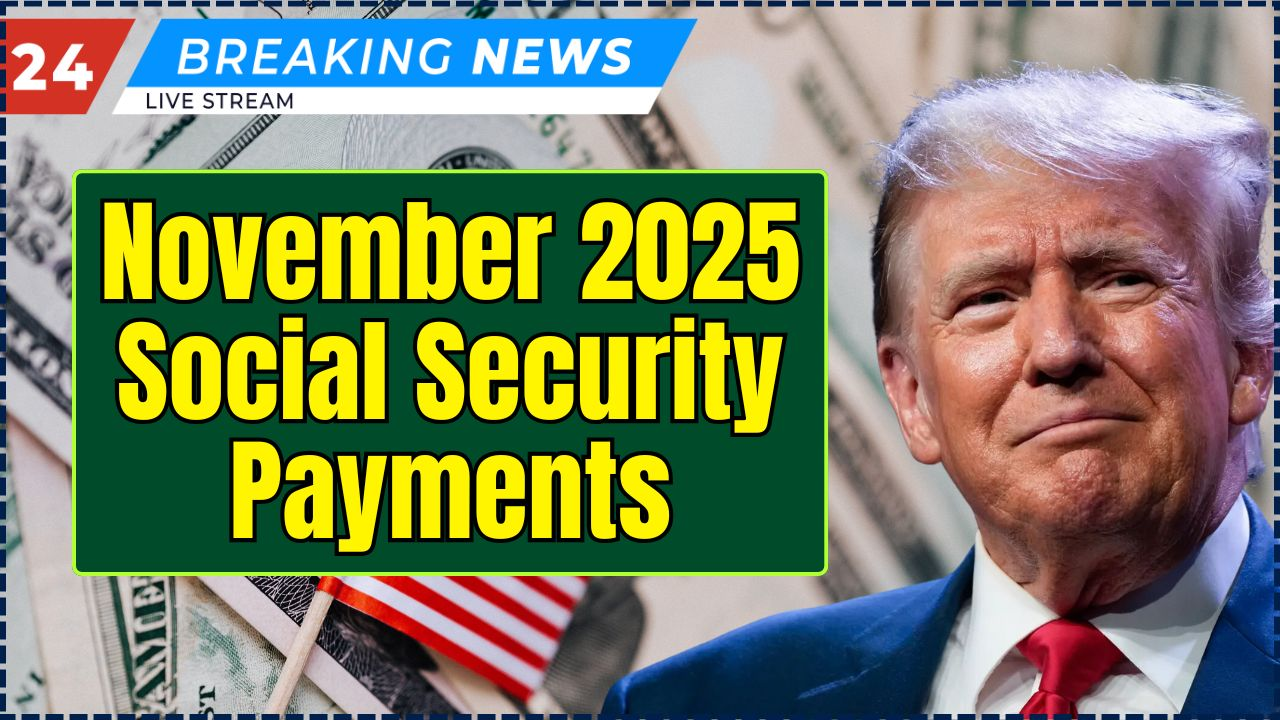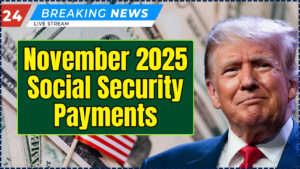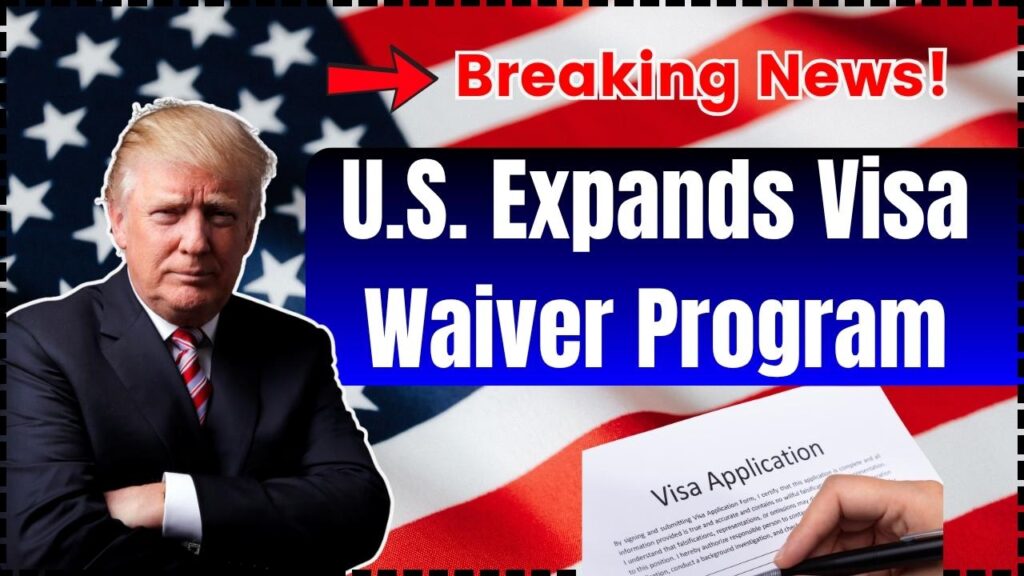
U.S. Expands Visa Waiver Program: Here’s the big headline everyone’s been buzzing about: U.S. Expands Visa Waiver Program in October 2025. If you’ve been scrolling through social media or hearing friends talk about “visa-free travel to America,” you’re probably wondering: Is this for real? Well, yes — kind of. The United States has indeed made some important updates to the Visa Waiver Program (VWP) this fall, but not in the sweeping way some online posts suggest. The real story is more focused — yet still a big deal for travelers, governments, and businesses around the world. Let’s break it down clearly, with accurate facts, real data, and simple explanations that make sense whether you’re a tenth-grader planning a vacation or a travel-industry professional watching U.S. policy shifts closely.
Table of Contents
U.S. Expands Visa Waiver Program
So, did the U.S. expand the Visa Waiver Program in October 2025? Technically, yes — by fully restoring Hungary’s privileges. But it’s not a massive new-country rollout. Instead, it’s a careful, calculated policy move emphasizing security, transparency, and mutual trust. For travelers, it means smoother access and fewer headaches at embassies. For businesses, it means more tourists, conferences, and cross-border collaboration. For policymakers, it’s proof that compliance and diplomacy still matter in the modern world.
| Topic | Detail / Data |
|---|---|
| Total VWP Countries | Around 42 (as of Oct 2025) |
| Hungary’s Status | Fully restored Sept 30 2025 |
| Romania’s Status | Admission revoked May 2 2025 |
| ESTA Validity | Two years, multiple entries |
| ESTA Fee | $40 (effective Sept 30 2025) |
| Max Stay | 90 days, no extensions |
| Official Resource | travel.state.gov |
Understanding the U.S. Visa Waiver Program (VWP)
The Visa Waiver Program is a U.S. government initiative that allows citizens of select countries to travel to the United States without a visa for up to 90 days for business, tourism, or transit. Instead of visiting an embassy, travelers apply online through the Electronic System for Travel Authorization (ESTA), which screens applicants before travel.
Here’s the gist: if your country is in the program, you can book a ticket to the U.S., get your ESTA approved, and show up at the airport — no interview, no visa stamp, and no long paperwork.
But there are some non-negotiables:
- Travelers must hold an e-passport (biometric passport) that includes a digital chip.
- You can stay no longer than 90 days, and extensions aren’t allowed.
- An approved ESTA doesn’t guarantee entry — U.S. Customs and Border Protection (CBP) officers still make the final call at the port of entry.
- If you’re denied ESTA, you must apply for a traditional nonimmigrant visa (usually a B-1/B-2).
At present, about 42 countries participate in the Visa Waiver Program. That number fluctuates as countries are added, suspended, or reinstated.
What’s Actually New in 2025?
Contrary to viral posts claiming “10 new countries added,” the real change in October 2025 is that Hungary regained full participation in the Visa Waiver Program.
Hungary’s Full Restoration
Back in 2020, Hungary’s VWP privileges were partially restricted over identity-verification concerns. Travelers received one-year, single-entry ESTA approvals instead of the standard two-year, multiple-entry version.
But after Hungary tightened its passport-issuance system, improved background-check coordination, and updated data-sharing agreements with the U.S., the Department of Homeland Security (DHS) announced in September 2025 that the restrictions would be lifted.
As of September 30 2025, Hungarians once again enjoy two-year, multiple-entry ESTA authorizations just like other VWP countries.
This decision signals restored diplomatic trust and enhanced security cooperation between Washington and Budapest.
Romania’s Reversal
Romania had a brief moment in the spotlight earlier this year when the U.S. announced its intended inclusion in the program. But on May 2 2025, DHS rescinded that status after a follow-up audit revealed gaps in information-sharing protocols.
In plain English — Romania isn’t in yet. Officials from both nations have said talks will continue in 2026.
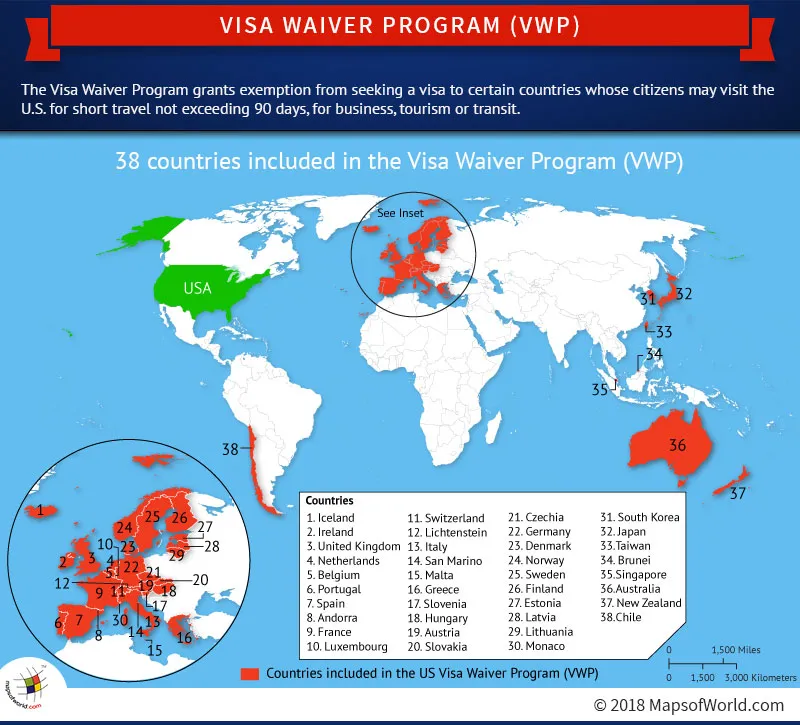
Why the Changes Matter?
These updates aren’t just about convenience; they reflect how the U.S. balances national security with economic growth.
To qualify for the program, a country must:
- Maintain a visa-refusal rate below 3 percent
- Share criminal and terrorism-related information with the U.S.
- Use secure, biometric passports
- Uphold strong border-control systems
Hungary’s reinstatement proves compliance pays off, while Romania’s reversal underscores that standards remain strict.
According to the U.S. Travel Association, travelers from Visa Waiver countries spend over $120 billion annually in the U.S., supporting roughly 900,000 American jobs across hotels, restaurants, and retail.
So yes — while this may look like a niche policy shift, it has a real impact on Main Street America and international tourism alike.
Economic and Travel Implications
When a nation joins or re-enters the VWP, both sides benefit. For the U.S., it boosts inbound tourism and business travel; for partner countries, it simplifies family visits, corporate exchanges, and study trips.
Travel analysts expect European arrivals to increase 6 to 8 percent over the next 12 months thanks to Hungary’s restored privileges. Airlines like Delta and Lufthansa are already adding seasonal routes to Budapest and nearby hubs.
Meanwhile, global travel agencies are using the change as a marketing hook, advertising “Visa-Free Trips to the USA — Book Now!” for 2026 packages.
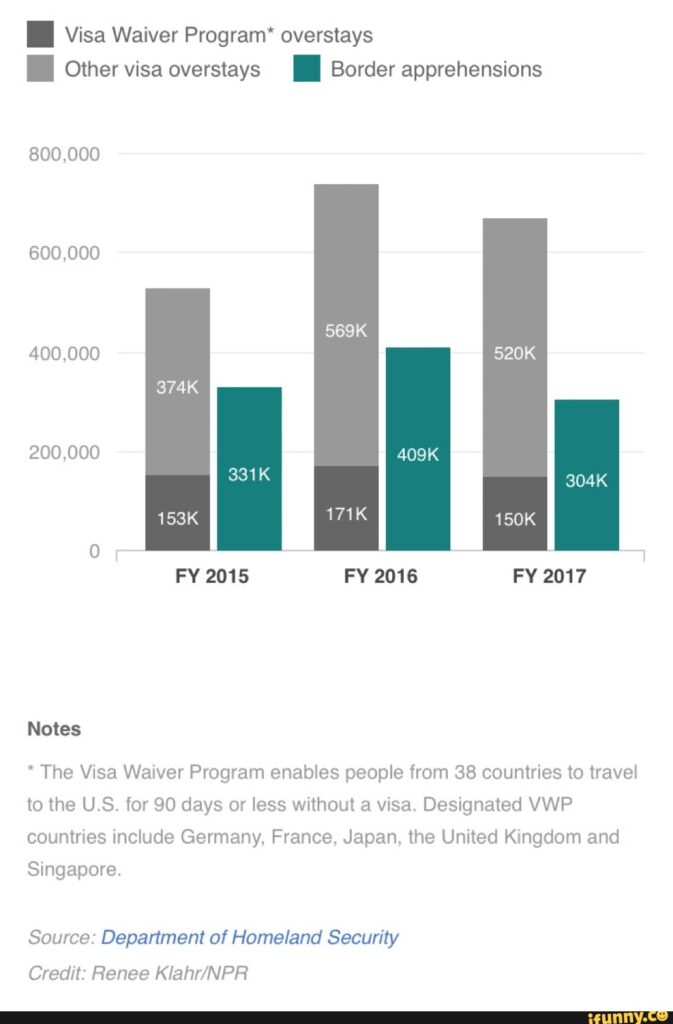
Common Misconceptions About the Visa Waiver Program
1. ESTA Is a Visa.
It isn’t. ESTA is an automated pre-screening process. A visa is an official document approved by a consular officer. ESTA simply authorizes travel to the U.S. border for inspection.
2. ESTA Lets You Work or Study.
Nope. You can attend meetings or conferences but not earn wages or enroll in degree programs.
3. Ninety Days Means Three Months.
Not quite. Overstaying even one day can cause major trouble, including future travel bans.
4. All EU Countries Are Included.
Wrong. Romania, Bulgaria, and Cyprus are not yet part of the VWP, though negotiations continue.
Step-by-Step: How to Apply for the Visa Waiver Program?
If your country is in the program, here’s your roadmap to visa-free U.S. travel:
Step 1: Check eligibility on the official list.
Step 2: Make sure your passport is an electronic one.
Step 3: Visit esta.cbp.dhs.gov to apply online.
Step 4: Pay the $40 fee (up from $21).
Step 5: Wait for approval — most responses arrive within minutes, but apply at least 72 hours before travel.
Step 6: Keep a print or digital copy of your authorization when boarding.
ESTA approvals are valid for two years, or until your passport expires, whichever comes first.
Expert Perspectives
“Visa policies aren’t just paperwork — they’re diplomacy in action,” notes Dr. Karen Lopez, a policy analyst at Georgetown University. “When the U.S. reinstates a partner like Hungary, it shows faith in that country’s data integrity and counter-terrorism coordination.”
Travel consultant Paul Ramos of New York adds, “From a business perspective, the VWP keeps America competitive. European travelers spend freely when entry barriers are low. Every new approval cycle puts billions into the economy.”
Economist Dina Chavez agrees, noting that for every 1 percent increase in VWP travel, U.S. GDP grows by roughly $1.8 billion through hospitality, transport, and retail channels.
Who Might Be Next?
So, who’s next on Uncle Sam’s list? Nothing official yet, but analysts point to several hopefuls:
- Romania: May reapply once security benchmarks are verified.
- Bulgaria and Cyprus: Working to meet the 3 percent visa-refusal threshold.
- Argentina: Former member, could rejoin after meeting new biometric standards.
- Israel: Added in 2023; serves as a model for regional partners like Qatar.
While DHS hasn’t confirmed any October 2025 expansion beyond Hungary, more additions could appear by late 2026 as countries strengthen passport and data systems.
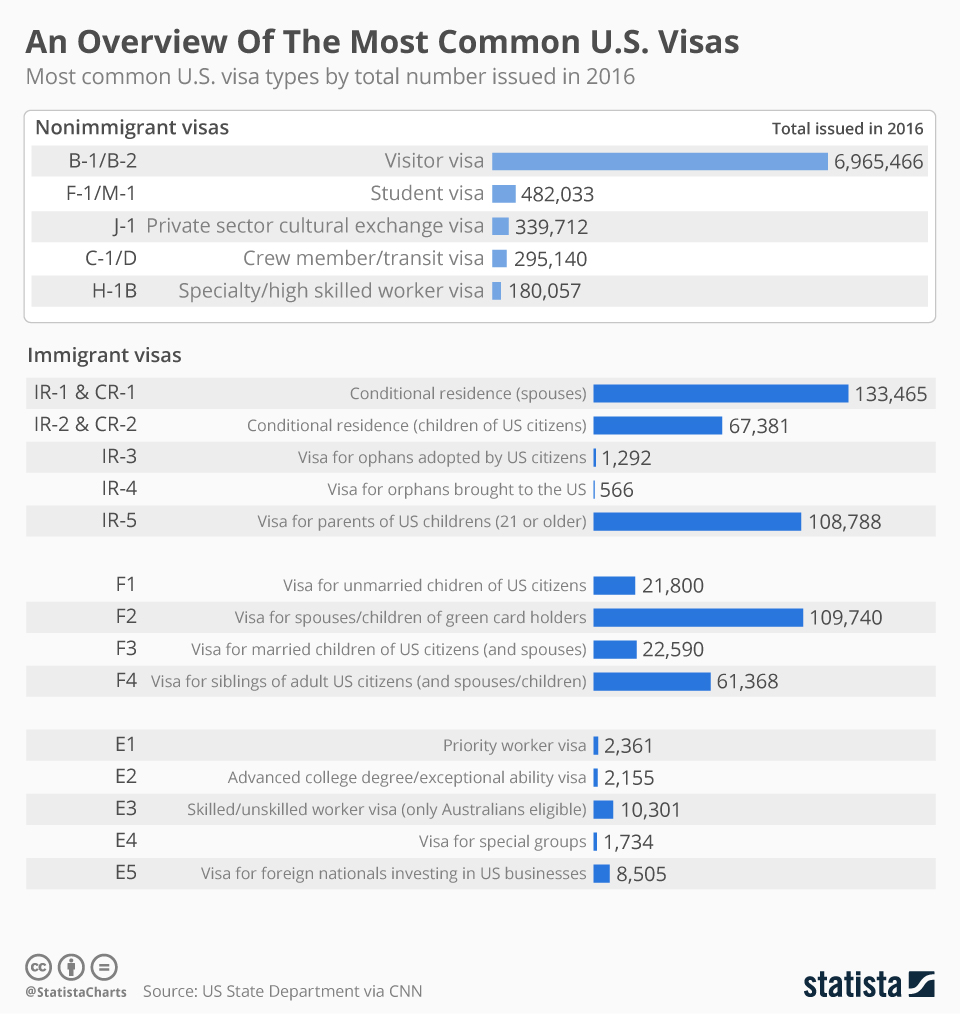
Policy Process: How a Country Joins the VWP
Joining the program isn’t instant. The timeline can stretch several years:
- Nomination: U.S. State Department identifies a potential country partner.
- Pre-Screening: DHS and intelligence agencies review data-sharing and overstay history.
- Formal Assessment: Congress may review security cooperation and reciprocity.
- Implementation: Once approved, DHS issues a Federal Register notice and sets an effective date.
- Continuous Review: Each country’s overstay rates and cooperation levels are monitored annually.
Romania’s reversal is a reminder that inclusion isn’t permanent — it’s conditional on maintaining compliance.
Here’s Why So Many Americans Wish They Waited to Claim Their $300 Social Security
Social Security 2026 COLA Update Pushed Back Due to US Shutdown – What You Should Know
U.S. Minimum Wage Increase 2025; Here’s the New Minimum Wage in Every State After October 5
Practical Advice for Travelers and Professionals
If you’re a traveler, double-check your ESTA status before booking flights. Apply early, keep your passport updated, and avoid overstaying.
If you’re a travel consultant or business owner, inform clients about the fee hike and educate them on the importance of accurate ESTA information — even small errors can cause denial.
For policy professionals, now’s the time to monitor bilateral negotiations. Countries aiming for inclusion often make legal reforms and data-security upgrades that ripple through other trade and defense areas.
The Bigger Picture: What It Means for Global Mobility
The Visa Waiver Program is more than a travel convenience — it’s a symbol of trust. Every addition or restoration represents stronger intelligence sharing, closer alliances, and a shared belief in safe, lawful movement of people.
At the same time, it reflects how seriously the U.S. treats border protection. Technology like biometric verification, AI-driven risk analysis, and real-time data sharing will continue to shape future expansions.
Industry insiders expect DHS to roll out an upgraded ESTA portal in 2026, integrating passport-chip scans and facial-recognition technology to streamline entry.



